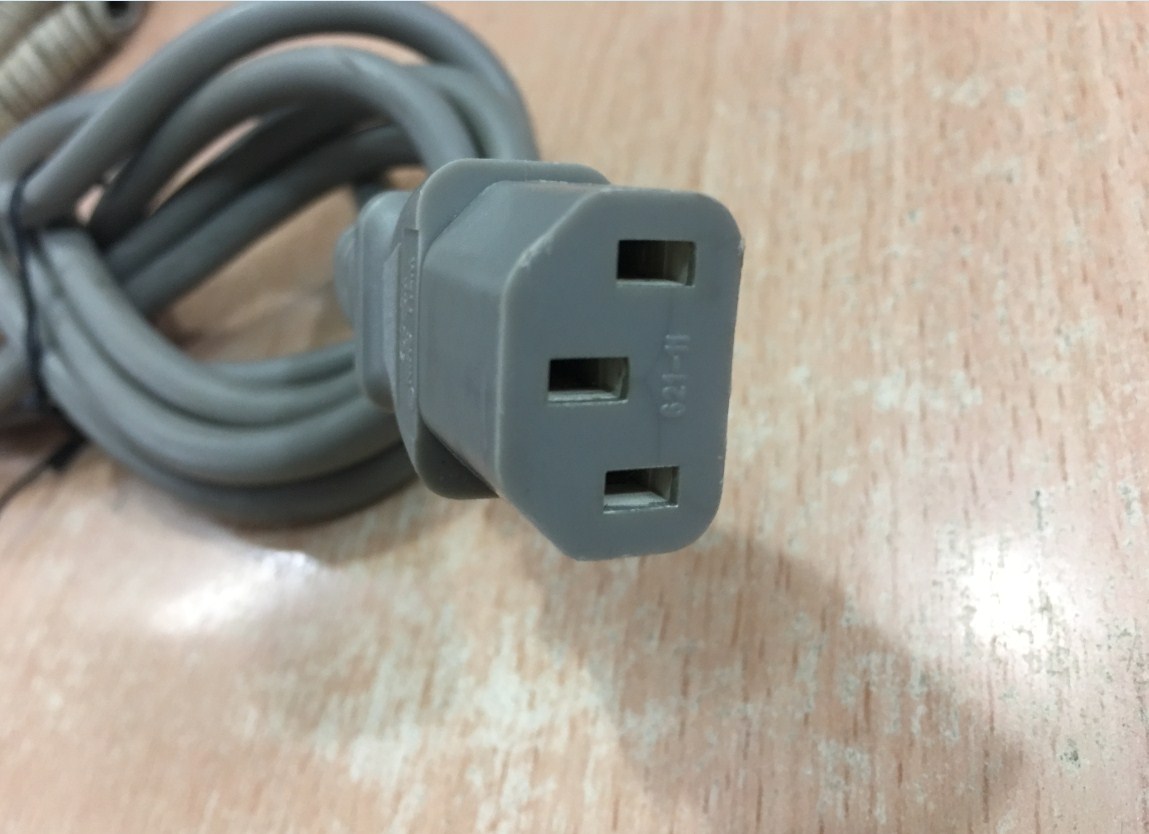
#WELL WIRED SERVER RACK PATCH#
We have wire guides in place to clean up the wires below each patch panel and then wire guides on the switch side, wasting space.When we need new links, someone is wiring in the cabinet on a ladder, risking all the other links.We're always short uplinks in the cabinet.We currently do this exact thing where I work. Wiring office cubicles comes to mind as a perfect place to utilize patch paneling, but in the datacenter I'd encourage you to get as close to 0 patch panels as possible. This isn't to say I'm completely against patch paneling, but I try to limit its usage to places where I can't bring the switches to the equipment. Less clutter - The patch panel solution requires a lot of cables in a small space and if you're seeing clutter with 1 rack of servers (~40 cables) imagine if you had 160+ all in one place.Quicker Switch Inventory - Printing out a config for a single switch and verifying a rack is much easier then printing out all the configs for all the switches and verifying.I've also found it easier to certify an rj45 crimp then a panel punchdown. This is less of an issue with 100Mb then 1Gb+. Each crimp/punch point is a place where signal is lost.



You will thank yourself later when you need to figure out what path a server takes to get to a switch port. Small bit of advice no matter what you decide to do: Document the hell out of your cabling - ESPECIALLY if using patch panels. This can be argued as an increase in security however (someone with keys to the switch rack needs to be around to connect new equipment. The smaller downside is having to open two racks to connect a server to a switch. The big downside is that if you lose link on a switch your now have a lot more to troubleshoot (is it the cable from the server to the local patch panel, the panel-to-panel trunk, the cable from the patch panel to the switch, the switch itself, the server itself, etc.). Generally, separating your racks can be a good thing, particularly since patch panels usually come with nice solid trunks from panel to panel (less junk under the floor or in your cable trays).

Remember that patch panels don't magically make your wiring neater: Discipline, maintenance, and lots of velcro ties do that. This will work, but what's the advantage to you over cleaning up existing cables and keeping the switches in the local racks (do you have lots of cross connects between the racks that could be eliminated?).


 0 kommentar(er)
0 kommentar(er)
